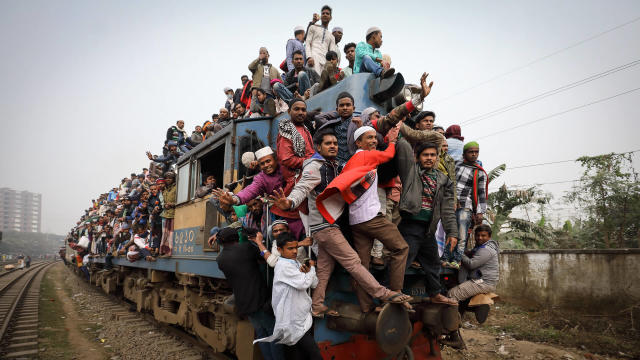Reason for Growing Population in India
India’s population is steadily increasing, and there are several reasons contributing to this growth.
India’s growing population can be attributed to several factors:

High Birth Rates:
Historically, India has experienced high birth rates due to cultural and social factors, including a preference for larger families and limited access to family planning resources. High birth rates contribute significantly to population growth, as more births result in an increase in the total number of people in a given area. This trend can lead to a rapid expansion of the growing population, affecting resources, infrastructure, and social services. Managing such growth often requires strategic planning to balance the needs of a increasing citizen with sustainable development.
Declining Mortality Rates:
Improvements in healthcare, sanitation, and nutrition have significantly reduced mortality rates, leading to longer life expectancy . A declining mortality rate slows growth in country population by reducing the number of deaths in a population. As fewer people die each year, the overall population tends to increase, assuming birth rates remain steady. This shift can lead to a longer life expectancy and can impact resources and services as the population continues to expand.
Economic Development:
As the country has developed economically, there have been improvements in living standards and healthcare, which contribute to a higher citizen extention rate. Economic development often aims to harness the potential of a increasing residents by creating jobs, improving infrastructure, and enhancing living standards. As the population grows, increased labor forces and consumer markets can drive economic activity and innovation. However, to fully benefit from this growth, effective planning and investment in education, healthcare, and sustainable practices are crucial.
Cultural Factors:
Traditional values and norms that favor larger families also play a role, especially in rural areas where family size tends to be larger. Cultural factors play a significant role in shaping the impacts of a widening population. As populations expand, cultural values, traditions, and practices can evolve or shift, influencing social dynamics and community structures. For instance, increased diversity from migration can lead to a blend of cultural influences, fostering innovation but also presenting challenges in maintaining cultural cohesion. Understanding and addressing these cultural factors is essential for managing the social implications of increasing residents.
Young Population:
A significant portion of the population is under the age of 30, leading to a higher number of people in childbearing age, which contributes to overall growth in residents. A growing population with a significant proportion of young people can drive dynamic economic and social change. This youthful demographic often means a larger labor force and potential for innovation. However, it also requires substantial investments in education, healthcare, and job creation to fully harness their potential and ensure sustainable development.
These factors combined have led to a substantial increase in India’s population over recent decades.
